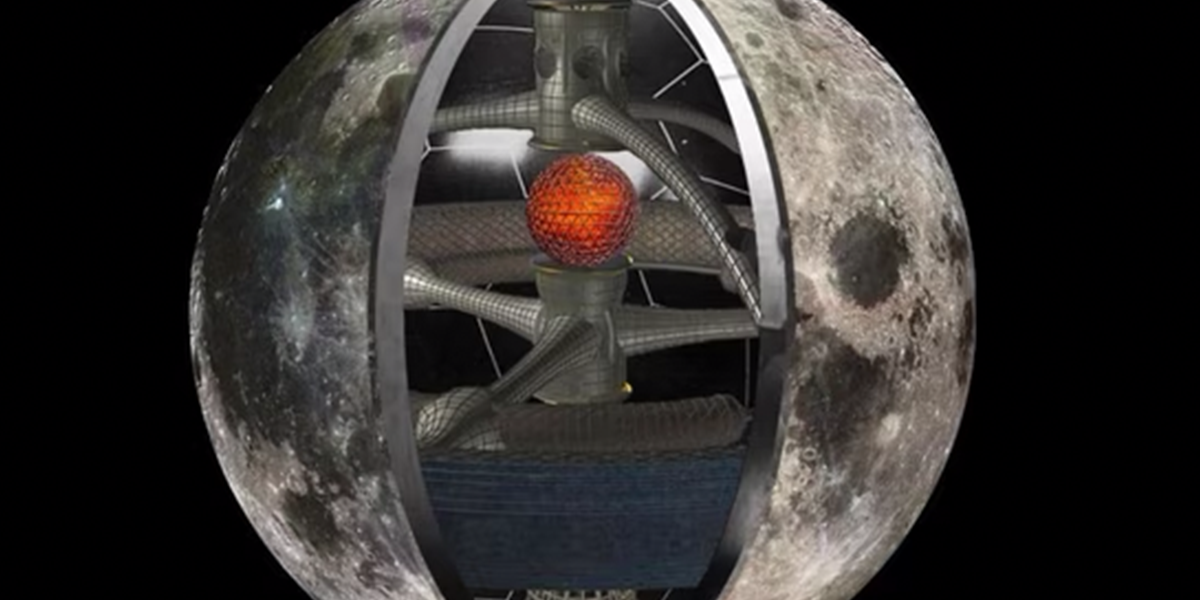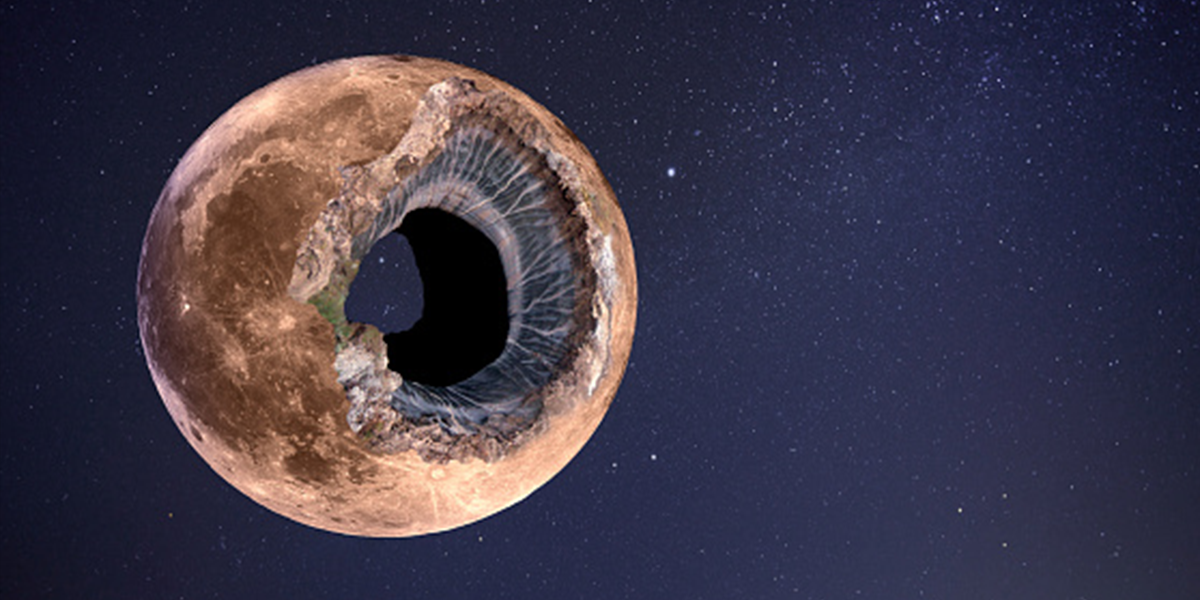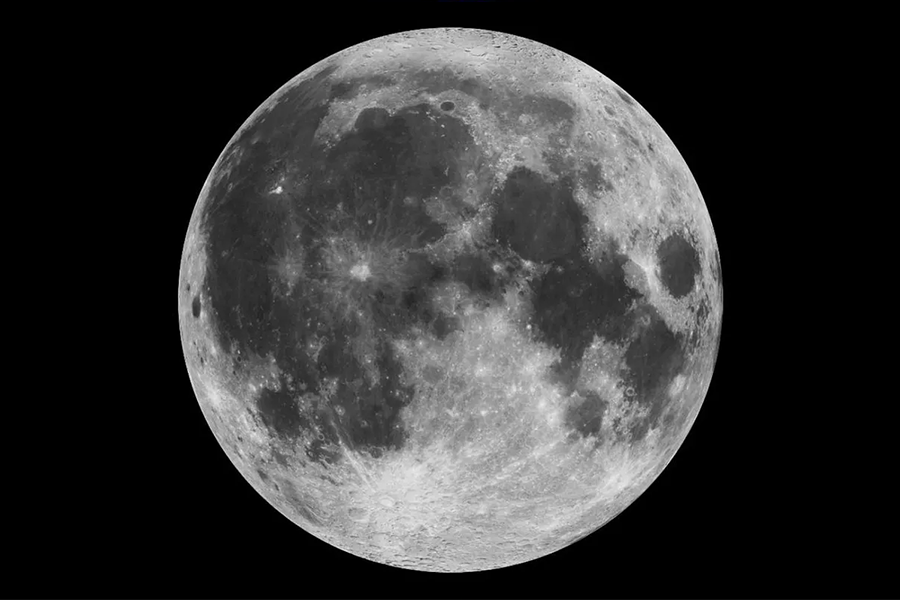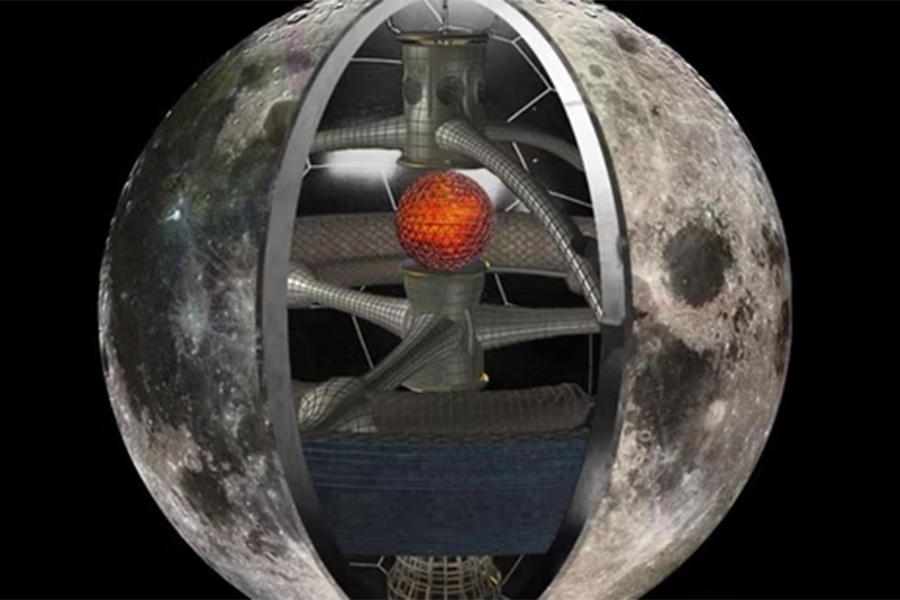In the vast expanse of the cosmos, our moon has long captivated humanity’s imagination. But beyond its serene beauty lies a tantalizing mystery that has intrigued scientists and conspiracy theorists alike for decades — the idea of a hollow moon.

The notion of a hollow moon suggests that beneath its dusty surface lies an empty cavernous interior, potentially housing ancient artifacts, extraterrestrial bases, or even evidence of advanced civilizations. While such claims may sound like the stuff of science fiction, they have sparked intense debate and speculation among enthusiasts and skeptics alike.
Origins of the Theory
The concept of a hollow moon has its roots in both ancient mythology and modern science fiction. In various cultures, the moon has been depicted as hollow or inhabited by otherworldly beings, inspiring legends and folklore that endure to this day.

In the realm of science fiction, authors like H.G. Wells and Jules Verne popularized the idea of hollow celestial bodies in their imaginative tales of space exploration. These early works laid the groundwork for more elaborate theories about the moon’s true nature.
Scientific Exploration
While the notion of a hollow moon may seem far-fetched, some proponents point to certain scientific anomalies as evidence to support their claims. For instance, anomalies in lunar seismic data have been interpreted by some as indications of empty spaces or caverns beneath the lunar surface.
Additionally, anomalies in the moon’s gravitational field have led some researchers to speculate that the moon’s interior may be less dense than expected, potentially suggesting hollow spaces within. However, mainstream scientists caution that such anomalies can be attributed to a variety of factors and do not necessarily imply a hollow interior.
Debunking the Myth
Despite the allure of the hollow moon theory, the overwhelming consensus among scientists is that it lacks empirical evidence and is not supported by current understanding of lunar geology and physics. The prevailing scientific model posits that the moon formed billions of years ago from the debris of a giant impact with Earth, gradually solidifying over time.

Furthermore, data from lunar missions, including seismic studies and analysis of lunar rocks and soil samples, have provided valuable insights into the moon’s composition and structure. These findings paint a picture of a solid, albeit geologically inactive, celestial body with no indication of hollow cavities or artificial structures.
The Quest for Truth
While the hollow moon theory may remain firmly entrenched in the realm of speculation, its enduring popularity speaks to humanity’s enduring fascination with the mysteries of the cosmos. As we continue to explore and study our nearest celestial neighbor, new discoveries may yet shed light on the moon’s enigmatic past and present.
In the meantime, the hollow moon serves as a reminder of the boundless imagination and curiosity that drive us to seek answers to the unknown. Whether rooted in fact or fiction, the quest to unravel the mysteries of the moon — and the universe beyond — remains an enduring and deeply human endeavor.



